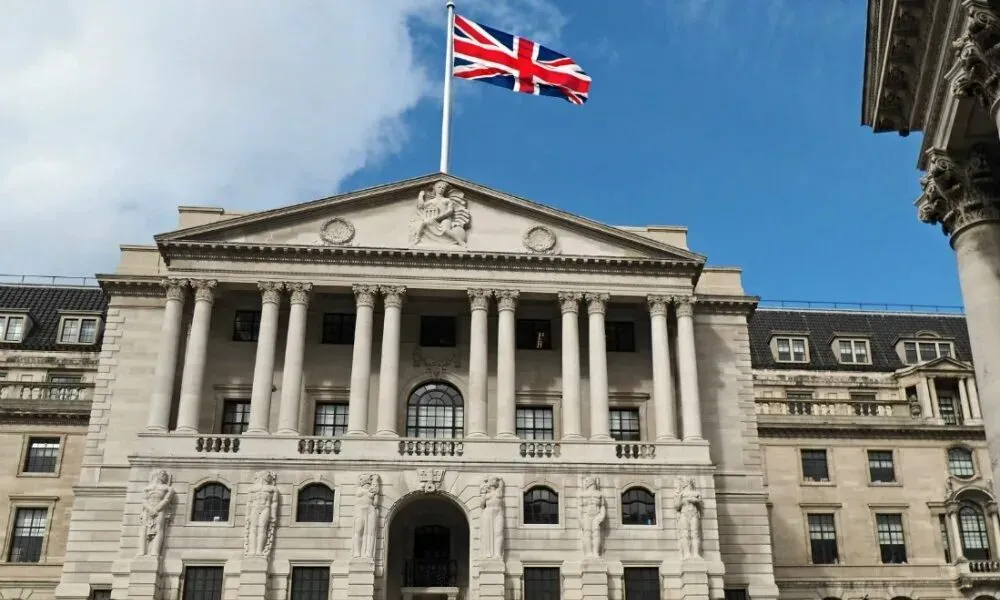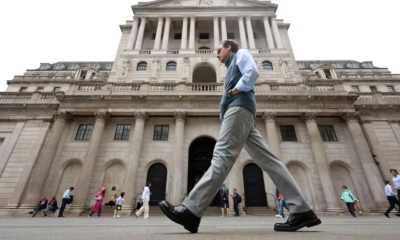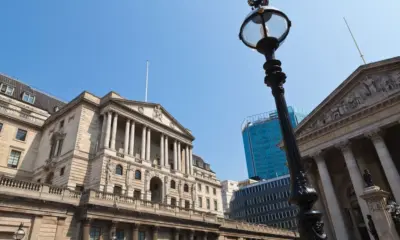News & Updates
Bank of England Holds Rates Steady

The Bank of England has decided to keep its benchmark interest rate unchanged at 5.25 percent, signaling a cautious approach amid persistent inflationary pressures and slowing economic growth. The decision reflects the central bank’s attempt to balance two competing priorities: supporting fragile domestic demand while ensuring inflation continues to move closer to the official two percent target.
Governor Andrew Bailey stated that recent data showed encouraging signs of easing price pressures, but warned that the fight against inflation is not yet complete. The Monetary Policy Committee voted by a narrow margin to maintain the current rate, with several members favoring another increase to curb wage-driven inflation. Officials indicated that monetary conditions will remain tight for as long as necessary to restore price stability.
Economic indicators suggest the UK is entering a period of subdued growth. Retail sales have weakened, business investment remains inconsistent, and consumer confidence is still fragile. Despite this, core inflation has proved sticky, driven by elevated housing costs and strong service-sector demand. Policymakers believe premature rate cuts could reignite inflation, undermining progress made over the past year.
Financial markets reacted calmly to the decision, having largely priced in the outcome. The pound edged lower against the dollar, reflecting expectations that rates may stay elevated well into next year. Bond yields declined slightly as investors bet on potential easing in the second half of 2026 if inflation continues to cool. Analysts say the central bank’s tone remains more cautious than that of the US Federal Reserve, which has signaled a willingness to hold rates higher for longer.
Households and businesses continue to feel the impact of tight monetary policy. Mortgage rates remain elevated, though lenders have started offering minor reductions in anticipation of eventual rate cuts. The construction and real estate sectors, which depend heavily on borrowing costs, continue to face weak demand. Meanwhile, savers benefit from higher deposit returns, supporting moderate consumption growth.
Economists expect the Bank of England to monitor labor-market data and wage growth closely before making any adjustments. If energy prices remain stable and global supply conditions improve, inflation could return to target by late 2026. For now, the central bank’s steady hand underscores its commitment to gradual recovery rather than abrupt policy shifts.




















